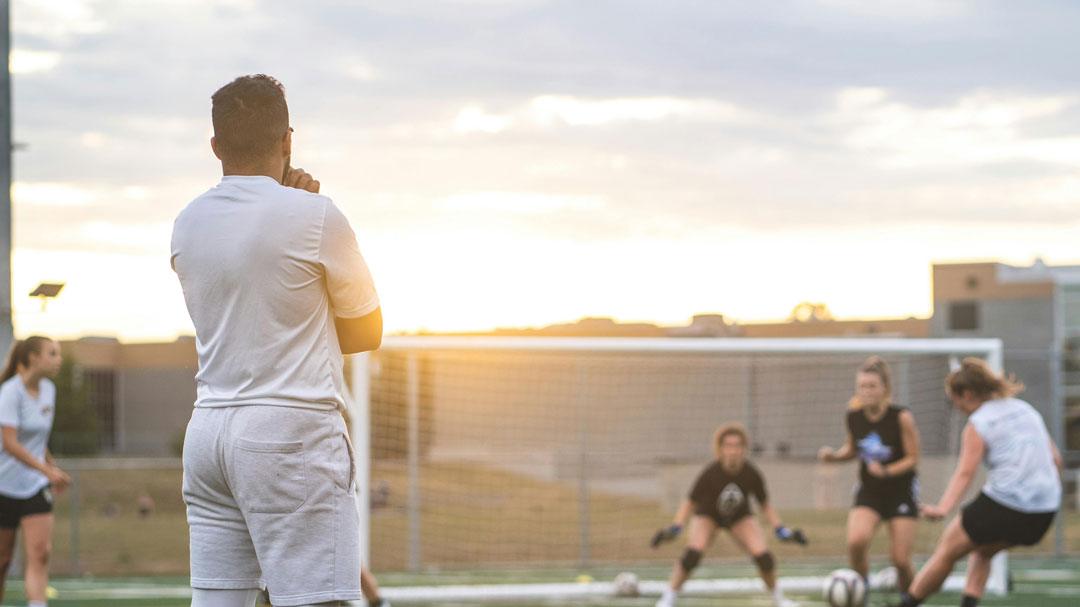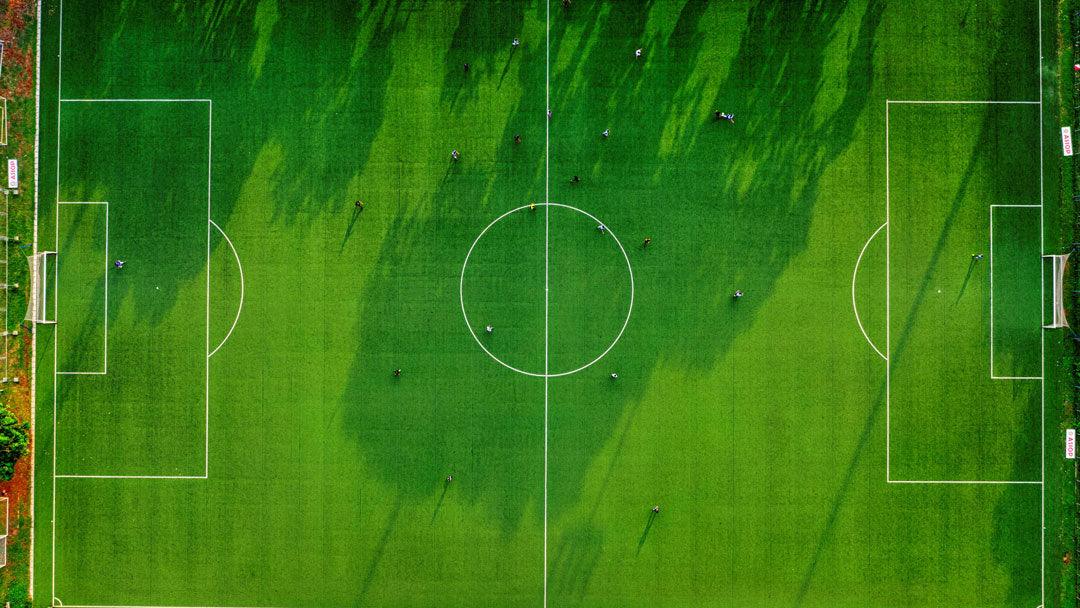Hey soccer enthusiasts! Ever wondered what makes a great goalkeeper? Sure, those jaw-dropping saves are crucial, but it's the fancy footwork that often makes the difference. Today, we're diving into the world of goalkeeper footwork drills - the unsung hero behind those spectacular saves.
Why focus on footwork drills for goalkeepers?
Goalkeeping is more than just blocking shots. It's about agility, balance, and, most importantly, impeccable footwork. Why, you ask? Good footwork allows goalkeepers to position themselves optimally, making saves easier and more efficient. Think of it as the dance steps before the grand finale - the save.
The advantages of goalkeeper footwork drills
- Improved agility: Quick, nimble feet allow for rapid direction changes, essential in adapting to unexpected shots.
- Better balance: Solid footwork ensures goalies stay on their toes (literally!), maintaining balance for that split-second reaction.
- Positional perfection: Mastering footwork aids in perfect positioning, reducing the distance needed to make a save.
Balancing the drill diet
The key for efficient goalkeeper footwork drills? Balance. Mix footwork drills with overall fitness and technique training. This holistic approach ensures goalkeepers are well-rounded, ready for anything the game throws at them.
Decision making in goalkeeper footwork drills
Embarking on the journey to elevate your goalkeeping skills, it's crucial to dive into the specifics of exercises and techniques that can transform your footwork from good to exceptional. The art of goalkeeping is not just about the saves you make but also about the precision of your movements and the efficiency of your footwork.
To truly master the soccer field, incorporating targeted exercises into your training regimen is key. For an in-depth exploration of specific soccer goalkeeper training you can take a look at our comprehensive guide.
Now, we present you a curated selection of drills designed to sharpen your skills and elevate your game to the next level. Whether you're a budding goalkeeper or looking to refine your expertise, these goalkeeper footwork drills are your stepping stones to goalkeeping greatness.
Making drills engaging
Let's be real - drills can be a bit dull. To keep them engaging, add variety. Use props, incorporate different scenarios and add interactive tools like our soccer rebounder and the Rox System to make sure that you keep the fun alive. After all, a happy goalie is a good goalie.
How often should goalkeepers practice
The golden rule? Consistency is key.
Regular practice is essential for developing and maintaining footwork skills. For optimal results, goalkeepers footwork drills should be integrated into their daily training routine, dedicating specific sessions each week solely to footwork.
This doesn't mean overdoing it - balance is crucial to avoid fatigue and injury.
Can these drills be done solo?
Absolutely! Many goalkeeper footwork drills are designed to be done individually, making them perfect for solo practice sessions. These drills often require minimal equipment, like cones, agility ladders or a soccer rebounder board and focus on improving individual techniques such as quick feet, agility, and balance. Solo drills allow goalkeepers to concentrate on their personal weaknesses and progress at their own pace.
Equipment and resources for goalkeeper footwork drills
In soccer, the right equipment can be a game-changer, providing both the means and motivation to push your limits and hone your skills. One such indispensable tool in the arsenal of a goalkeeper is the soccer rebounder wall. This versatile piece of equipment offers a dynamic training experience, allowing you to practice and perfect a wide range of goalkeeping techniques, from reflex saves to precision throwing.
The soccer rebounder wall stands out as the best tool for solo practice sessions, enabling goalkeepers to simulate real-game scenarios without the need for a training partner. Its design ensures that the ball returns to you at varying speeds and angles, mimicking the unpredictability of shots faced during a match.
This not only improves your reaction time and agility but also enhances your ability to read the game, making split-second decisions that can be the difference between a save and a goal.
For goalkeepers committed to elevating their game, incorporating a soccer rebounder wall into your training regimen is a step towards achieving excellence. It allows for focused practice on specific areas of improvement, be it footwork, hand coordination, or aerial prowess.
How do footwork drills impact a goalkeeper's reaction time?
Footwork drills are a game-changer for reaction time. By regularly practicing these drills, goalkeepers enhance their agility, allowing them to respond more quickly to shots. These exercises train the body and mind to anticipate and react swiftly to in-game situations. Improved goalkeeper footwork drills directly translates to faster movements across the goal and better positioning, leading to more effective and timely saves.
Conclusion
Masterful footwork is a game-changer for goalkeepers. It's not just about the fancy foot moves; it's about the agility, balance, and quick decision-making that come with it. Remember, the goal is to be a well-rounded player. Mix in those goalkeeper footwork drills with other training aspects, and you're on your way to goalkeeping greatness!





Leave a comment
This site is protected by hCaptcha and the hCaptcha Privacy Policy and Terms of Service apply.